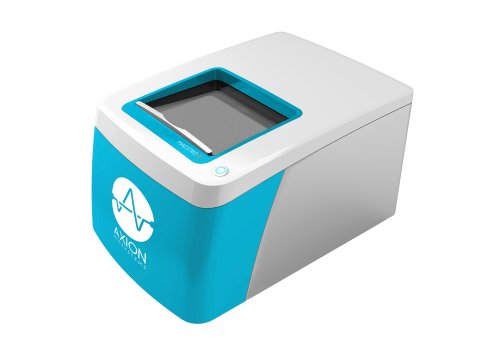Authors: Flavio Alvarez, Guilherme Dias de Melo, Florence Larrous, Lauriane Kergoat, Batiste Boëda, Vincent Michel, Danielle Seilhean, Magali Tichit, David Hing, David Hardy, Etienne Kornobis, Hervé Bourhy, Nicolas Wolff, and Célia Caillet-Saguy
Cellular & Molecular Biology Letters, 11 July 2025
Researchers use Axion’s label-free Maestro Z platform to explore the mechanisms of the SARS-CoV-2 virus that causes COVID-19 infection.
Although the mechanisms driving SARS-CoV-2 pathogenicity are still being uncovered, this study identifies the envelope (E) protein’s PDZ-binding motif (PBM) as a key virulence factor. Mutations or deletions in the PBM led to delayed replication and reduced cytopathic effects (CPE) in vitro, suggesting the PBM as a potential therapeutic target for COVID-19.
To monitor CPE kinetics in VeroE6 cells infected with wild-type and PBM-mutant viruses, researchers used Axion BioSystems’ Maestro Z impedance-based live-cell analysis platform. This label-free system revealed a shift in dose–response profiles and a delay in cell death for PBM-lacking variants, consistent with impaired viral replication and attenuated virulence.
Overall, The Maestro Z platform enabled real-time, quantitative tracking of virus-induced cell damage without the need for labels or endpoint assays, supporting its value in preclinical virology research and therapeutic screening.


